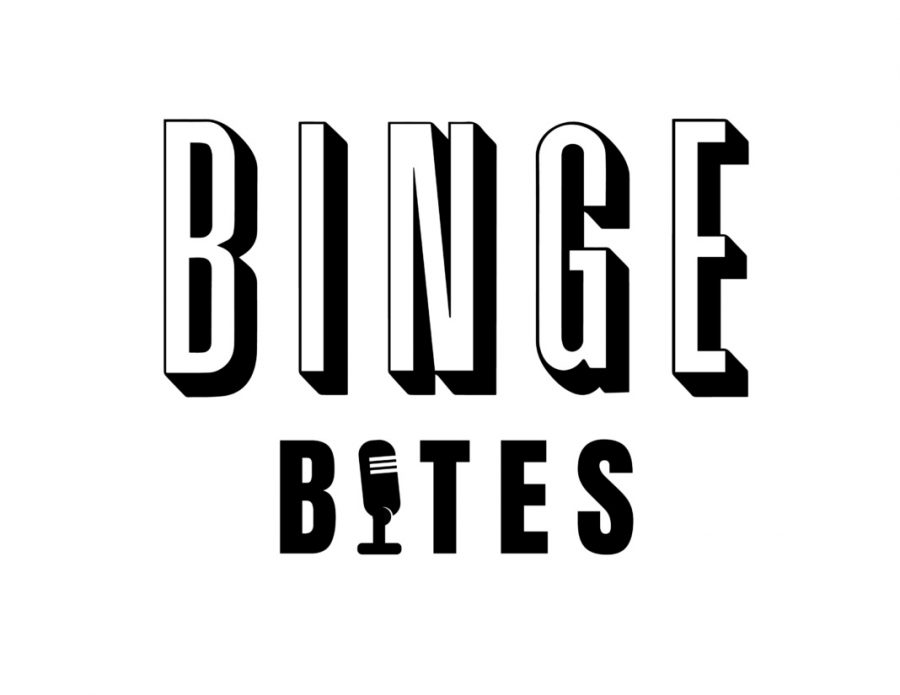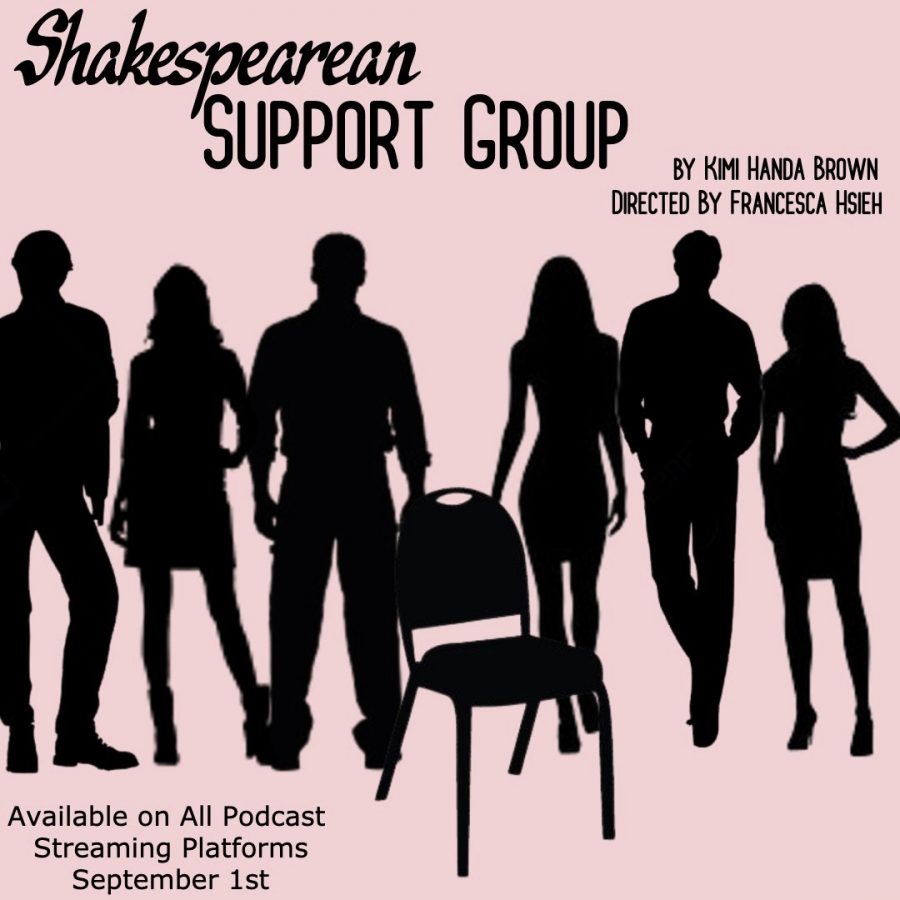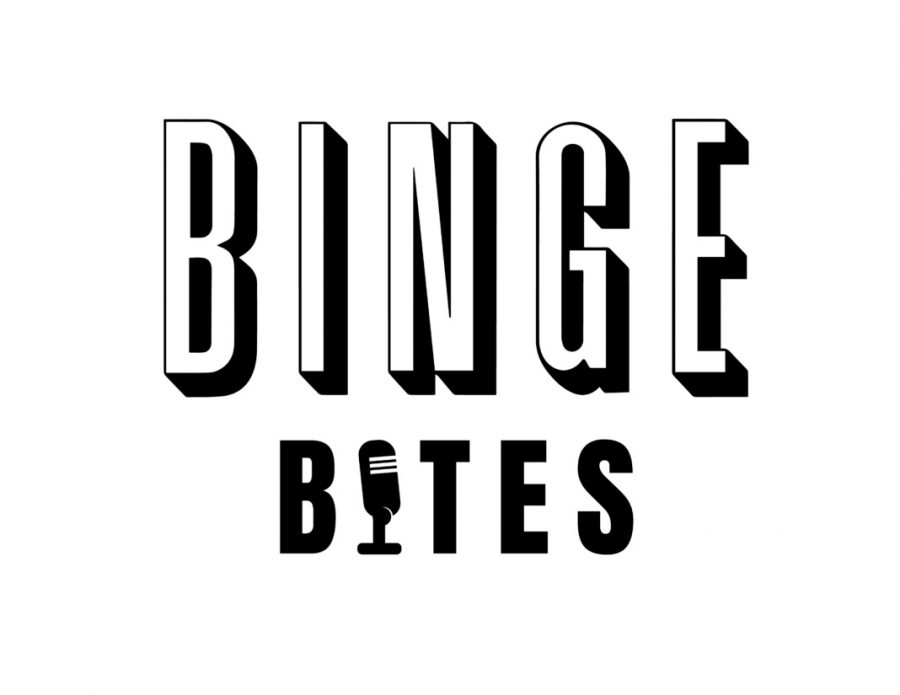We currently live in the Anthropocene, the geological era defined by the dominance of humanity in the global environment. The title’s popularization arose rather suddenly after chemist Paul Crutzen coined it at a conference. “The world has changed too much,” he said, to continue under the ideas of a previous era. So, the Anthropocene was born drawn from Greek words meaning “human” and “new.”
This domination of certain common-place ideas in this new epoch is the focus of John Green’s society and culture podcast “The Anthropocene Reviewed.” He takes familiar cultural images and real-life experiences, such as the recently memed Hawaiian pizza, the practice of Googling strangers or even the local Bonneville Salt Flats, and rates them on a five-star scale. Created by the producers of educational YouTube channel CrashCourse, “Anthropocene” presents a new approach to the “facets of the human-centered planet.”
Each installment of “Anthropocene” is approximately 20 minutes long, taking about 10 minutes to review each featured piece of our world. With an ad break divider, the two storylines unfold separately, each concluding in their own starred rating. The episodes are stand-alone, not following any particular plot but Green’s whimsical interest in certain features of his daily life.
One of my favorite segments takes place at the end of each installment. Even after the credits, Green presents a fun fact not included in the previous discussion and closes with sound bite from one of the topics. Featuring the sounds of geese, sprinklers or video game music, this tiny detail engages the sensory aspect of podcasting and pulls you directly into the pillars of the Anthropocene.
To Binge or Not to Binge:
As a member of the rising Gen Z, I find I almost always have to have something playing in my ears. Whether it’s music, white noise, videos or podcasts, I always am “binge-ing” some sort of mindless media. However, my recommendation is to not binge “The Anthropocene Reviewed.”
That doesn’t mean that I don’t recommend listening to it. Does that sound backwards? Maybe. But even so, I find myself enjoying this podcast more when I listen to it carefully and mindfully. The stories Green weaves about these mundane pieces of our world is nearly reverent. There is so much more that can be gleaned from each 20 minute episode than just a filler or distraction. Though “Anthropocene” is a quick listen, it is packed with so much thought and insight that it deserves more time. Besides, with short episodes released only monthly, it’s easier to indulge in distant listening periods.
Best Episode: Episode Eight: “Whispering and the Weather”
Each episode of “Anthropocene” looks in depth at the pieces of our world we overlook. Though it’s rather strange to dive headfirst into the history and impact of Taco Bell’s Breakfast Menu (featured in episode six), there is a surprising amount of business and cultural history to unpack there. However, episode eight covers two very vast and nearly inexplicable ideas that Green easily relates. First, exploring the practice of whispering, Green employs the concept of “Mysterium tremendum et fascinans” (literally fearful and fascinating mystery) where the overwhelming nature of the Anthropocene’s wonders can only be met with hushed whispers.
In the second segment, he immediately transitions to examining the impact of the weather on human culture, including historical beliefs of weather patterns and the nuances of the current debate over climate change. Green says, “One of the great paradoxes of life in the Anthropocene is that we are both bigger than the world — we have literally left its orbit — and smaller — we do not decide whether it rains or not.”
This is also my favorite episode due to the splash of dry humor. In the Green Brothers’ style of fake sponsorships, he closes by saying, “Thanks for listening to this episode of ‘The Anthropocene Reviewed,’ which was brought to you by the letter W.”
Similar Shows:
If you want others, listen to NPR’s “StoryCorps,” the culture-centered “Akimbo: A Podcast from Seth Godin,” the Green Brothers’ own “Dear Hank and John” or the positivity podcast “Sincerely Hueman.”
Trigger Warnings:
This podcast is incredibly clean. However, it’s not designed to leave you particularly uplifted, so be prepared for blatant histories of common ideas, political implications driven by said histories and Green’s worldview and retellings of heart-wrenching stories that leave you with more questions than you started with.
Rating:
In the true “Anthropocene” fashion of a five-star scale, I give this podcast four out of five stars. As much as I love it, some of the individual episodes are slower-paced and harder to follow. Plus, it’s hard to wait for the release of each episode. Maybe that says something in particular about the media in the Anthropocene today, but only John Green could explain that (I would suggest episodes three and seven in pursuit of that answer).
Where to Listen:
“The Anthropocene Reviewed”
Available wherever you get podcasts, including Apple Podcasts, Google Play and SoundCloud.
9 episodes, with new episodes released each month
Episodes are approximately 20 minutes each.
Nine episodes (with new episodes coming out monthly), about three hours to (not?) binge.

















